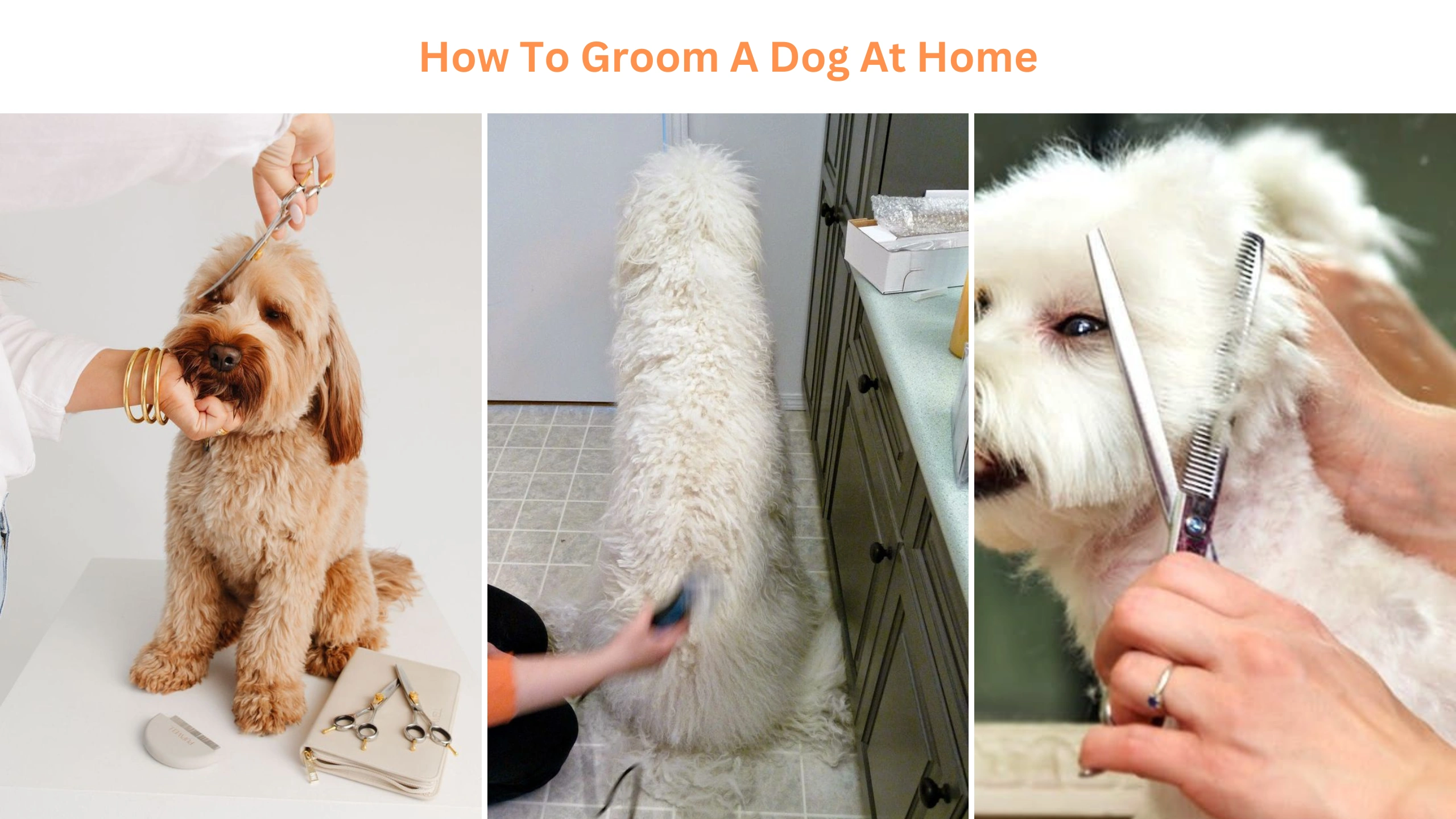Last Updated on February 5, 2024 by Aftab Tariq
How to groom a dog at home involves a few key steps to ensure your furry friend looks and feels their best. Regular grooming not only enhances your dog’s appearance but also contributes to their overall well being.

Begin by selecting the appropriate tools for your dog’s breed and coat type. Brushing their coat regularly helps remove tangles and prevents matting.
Pay special attention to areas like the ears, teeth, and nails, incorporating practices such as teeth brushing, ear cleaning, and nail trimming into your routine.
Sir Winston Pawschill says:
“Keep your furry friend happy at home with gentle grooming strokes, bringing out their charm and well-being. Whether it’s brushing or dental care, a regular routine creates a masterpiece for your pampered pet.”
It’s important to note that the frequency of grooming varies based on factors like size and breed. Learning these essential grooming techniques allows you to maintain your dog’s hygiene in between visits to professional groomers, which can provide valuable insights and tips for effective at home grooming.
1. Clean the Eyes of Your Dog
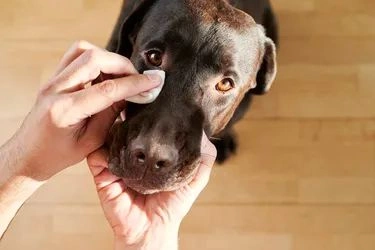
When grooming your dog’s eyes, pay close attention to signs of irritation, reddening, or swelling, as these could indicate an infection. Use a cloth or cotton balls to clean any build-up or crust around the eyes gently.
Eye drops must be on hand to address issues and ensure your pup’s eyes remain clear and healthy. If you notice persistent problems, consult a vet for professional advice on handling your dog’s eyes with care.
2. Ears
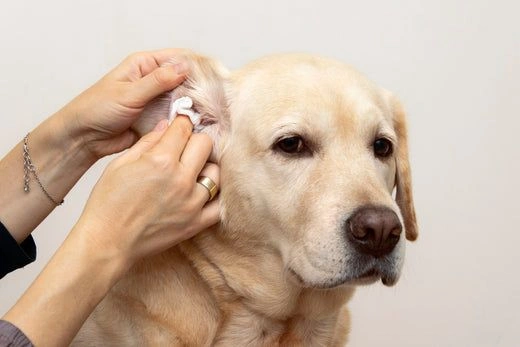
Proper ear care is crucial in maintaining your dog’s overall well-being. Use cotton balls or Q-Tips to clean the folds and flaps of the ears, being cautious not to insert them too deeply into the ear canals.
Accumulation of dirt and wax can lead to discomfort or infection, so regular cleaning is key. If your dog has a lot of ear hair, consider using gauze or seeking the advice of a vet for safe removal options.
When grooming your dog’s ears at home, diligence and gentle care are essential to avoid any risk of injury or discomfort.
3. Nose
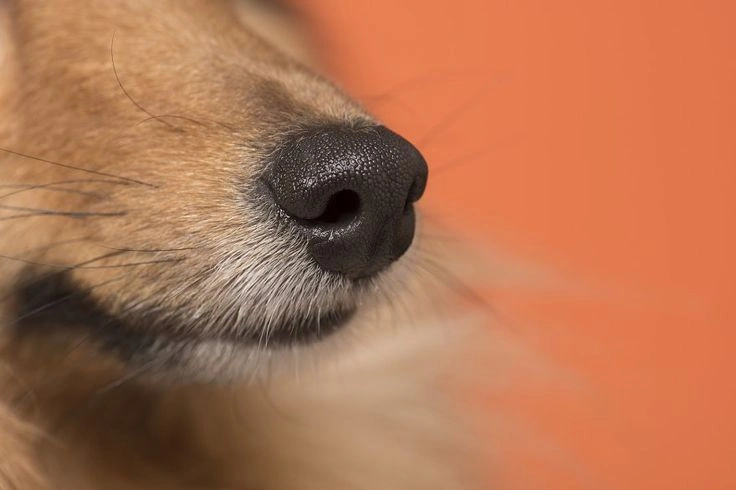
Taking care of your dog’s nose is essential to their overall health. In various conditions, such as low humidity or excessive moisture, a dog’s nose can be prone to dryness or excessive moisture build-up.
To combat these issues, consider using Pup Wax, a balm that provides moisture and acts as a protective barrier against harsh environmental conditions.
Ensure your dog has sufficient water to prevent dehydration, which can affect their nose and result in discomfort or even sunburn in extreme conditions. Following this advice and incorporating Pup Wax into your routine will contribute to the well-being of your dog’s nose and, consequently, their overall health.
4. Clean Your Dog’s Teeth.
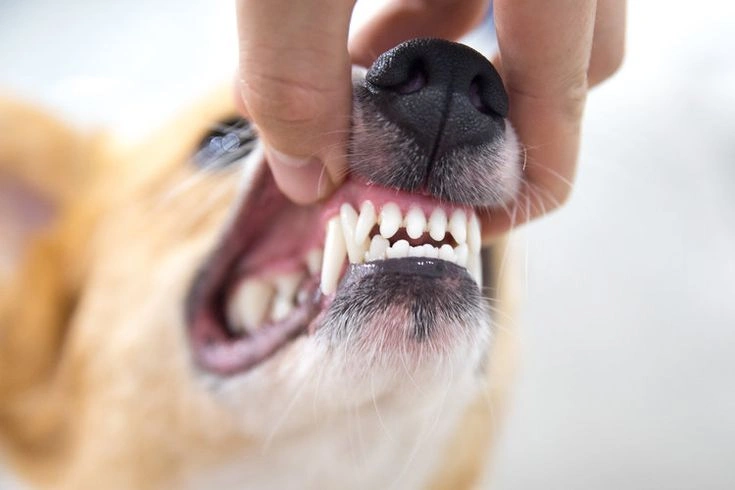
When it comes to maintaining your dog’s oral health, it’s crucial to address the build-up of plaque and tartar on their teeth. As suggested by the Pup tip, one effective way is to provide chew toys or dental chews, such as antlers or specially designed bones.
Explore different brands and kinds of canine toothpaste, ensuring you avoid using human toothpaste due to its restrictions and potential harm to your dog. Conduct thorough research on the best chew options based on your pup’s size and preferences. Regularly clean your dog’s teeth with proper brushes, and consult a vet for professional care to ensure fresh breath and dental health.
5. Coat Scraping Your Dog
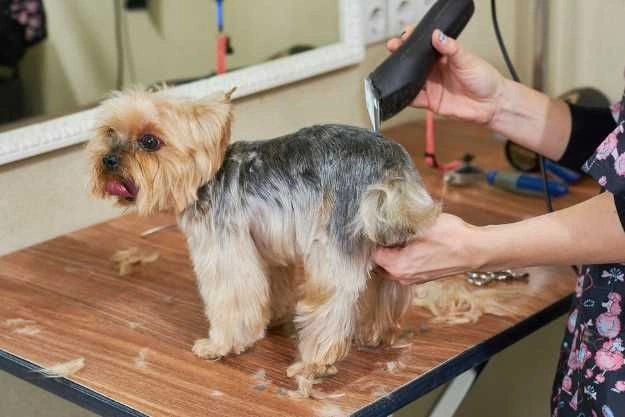
Ensuring your dog’s coat remains free of mats and tangles is vital for their overall well-being. Use a glove brush or grooming mitt to gently comb their fur, promoting proper air circulation and preventing issues like matting and skin irritation.
Be attentive to the barbershop hair on specific areas, such as the legs, and promptly address any lesions or wounds. Regular brushing and coat maintenance are especially important for breeds with long hair, like quarantine pups experiencing fur growth.
Take the time to check for any problems, like dirt or pile-ups, and address them with care. This diligence will contribute to your dog’s comfort and prevent more serious coat-related issues in the long run.
6. Trim Your Dog’s Nails
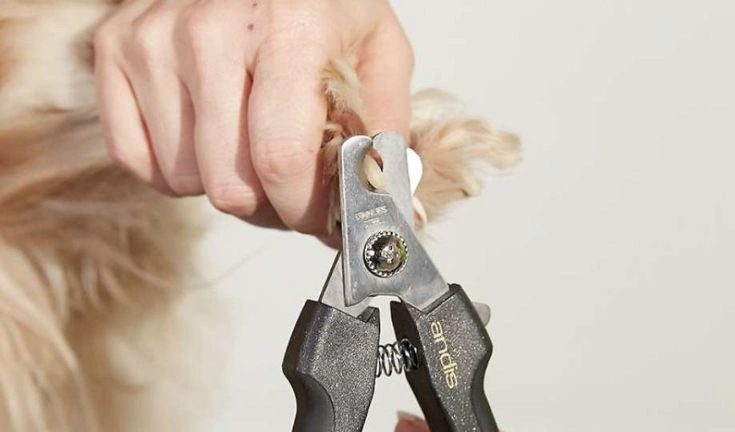
What should you let a groomer do for you?
When entrusting your dog to a professional groomer, it’s crucial to consider a range of services beyond mere aesthetics. A skilled groomer plays a vital role in the overall well-being of your furry friend.
Routine grooming sessions are more than a matter of looks; they serve as a preventive health checkup for your dog. A thorough examination can unveil potential skin conditions, diseases, or parasites, allowing early detection and action.
Let the groomer handle your dog’s hygiene tasks, as they are trained to spot signs of illness and offer essential care. By partnering with a groomer, you incorporate a proactive element into your dog’s checkup schedule, complementing the services veterinarians provide and ensuring your dog receives comprehensive and professional care.
How Can I Groom My Dog at Home with a YouTube Video Guide?
Start your journey into the art of dog grooming at home with our YouTube video guide. Follow step-by-step instructions for a rewarding and stress-free experience with ‘YouTube how to groom your dog at home.
Conclusion
Grooming your canine friend at home is not just an option during quarantine but an essential skill that empowers you to take charge of your dog’s well-being. This guide encompasses all aspects of canine grooming, allowing you to leverage your abilities to keep your dog in optimal health.
From brushing their coat to inspecting for signs of illness, you have the power to ensure your furry companion is in the best condition possible. Embrace this opportunity to strengthen your bond with your dog while attending to their needs.
In doing so, you navigate through one of the most rewarding things you can do for your canine friend – providing personalized, attentive care right at home.
Frequently Asked Questions
How to Groom a Dog Step by Step?
Follow these 8 simple steps for grooming your dog:
- Gather your supplies before starting.
- Brush the fur thoroughly, which can be sufficient for weeks.
- Brush the teeth.
- Trim the nails.
- Shampoo and rinse.
- Clean the ears.
- Dry and brush the fur.
- Clip the fur.
How to Groom a Small Dog at Home?
How to Groom a Dog at Home With Scissors?
How to Groom a Puppy at Home?
How to Groom a Dog for Beginners?
How to Groom a Dog With Scissors?
How to Groom Your Dog at Home With Clippers?
Grooming your dog at home with clippers:
- Prepare: Brush your dog’s coat to remove tangles.
- Choose Clippers: Use clean, well-maintained clippers with the right blade.
- Introduce Clippers: Familiarize your dog with the sound and vibration.
- Start Short: Begin with a shorter trim setting.
- Trim Carefully: Follow the direction of hair growth.
- Be Cautious: Take care around sensitive areas like ears and paws.
- Take Breaks: If needed, give your dog breaks for a positive experience.
- Reward and Comfort: Use treats and praise during grooming.
- Monitor Heat: Check the clippers for overheating.
- Finish with Brush: Brush after clipping for an even coat.
What are the 7 Steps of Grooming a Dog?
Sources
I am a dedicated content writer with more than five years of experience, particularly skilled in the art of storytelling. My writing journey commenced during my college years, where I pursued journalism and unearthed my talent for creating captivating narratives.

